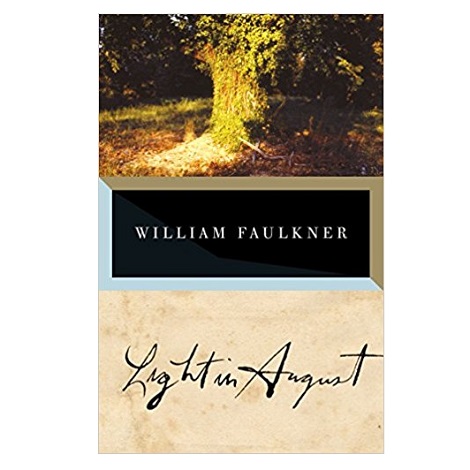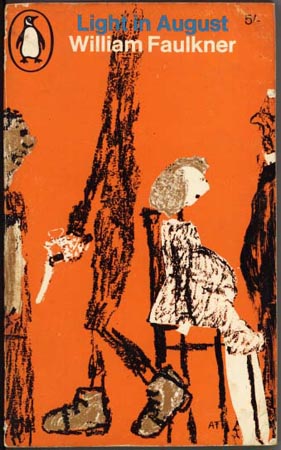

The obsession with Joe Christmas’s ambiguous racialization, meanwhile, is part of the effort to (re)assert strict racial categories, segregation, and oppression following the brief moment of hope and freedom that took place during the Reconstruction era. All of these events are manifest in Light in August for example, the prevalence of violence and moral transgression in the novel can be seen as a product of the ongoing legacy of slavery, the Civil War, and the First World War. As such, the major historical events relevant to the novel are the aftermath of slavery, the Civil War, and the First World War, as well as the Great Depression, Prohibition, and the beginning of the Jim Crow Era. Light in August is set around the same time it was written, 1932. He suffered from alcoholism, and died at the age of 64 following a heart attack. Although he achieved much acclaim and won the Nobel Prize in Literature, some publishers and critics were hostile to his experimental style, and he struggled to maintain financial security. Faulkner’s success as a writer was mixed during his lifetime. He married Estelle Oldham in 1929, the same year he began writing one of his most famous works, As I Lay Dying.

He moved to New Orleans and published his first novel, Soldier’s Pay, in 1926.

He attended the University of Mississippi but did not do well and dropped out after three semesters. (Indeed, Faulkner was actually born “Falkner,” but changed his name after a typesetter misspelled it and Faulkner decided to go along with it.) Faulkner began writing in his teens, although he at first found it difficult to get his work published. He was named after his grandfather, a Civil War hero named William Clark Falkner. He received a thorough education at home from both his mother and his nanny, Canny Barr, and was an excellent student at school. William Faulkner was one of four brothers who grew up in Oxford, Mississippi.


 0 kommentar(er)
0 kommentar(er)
